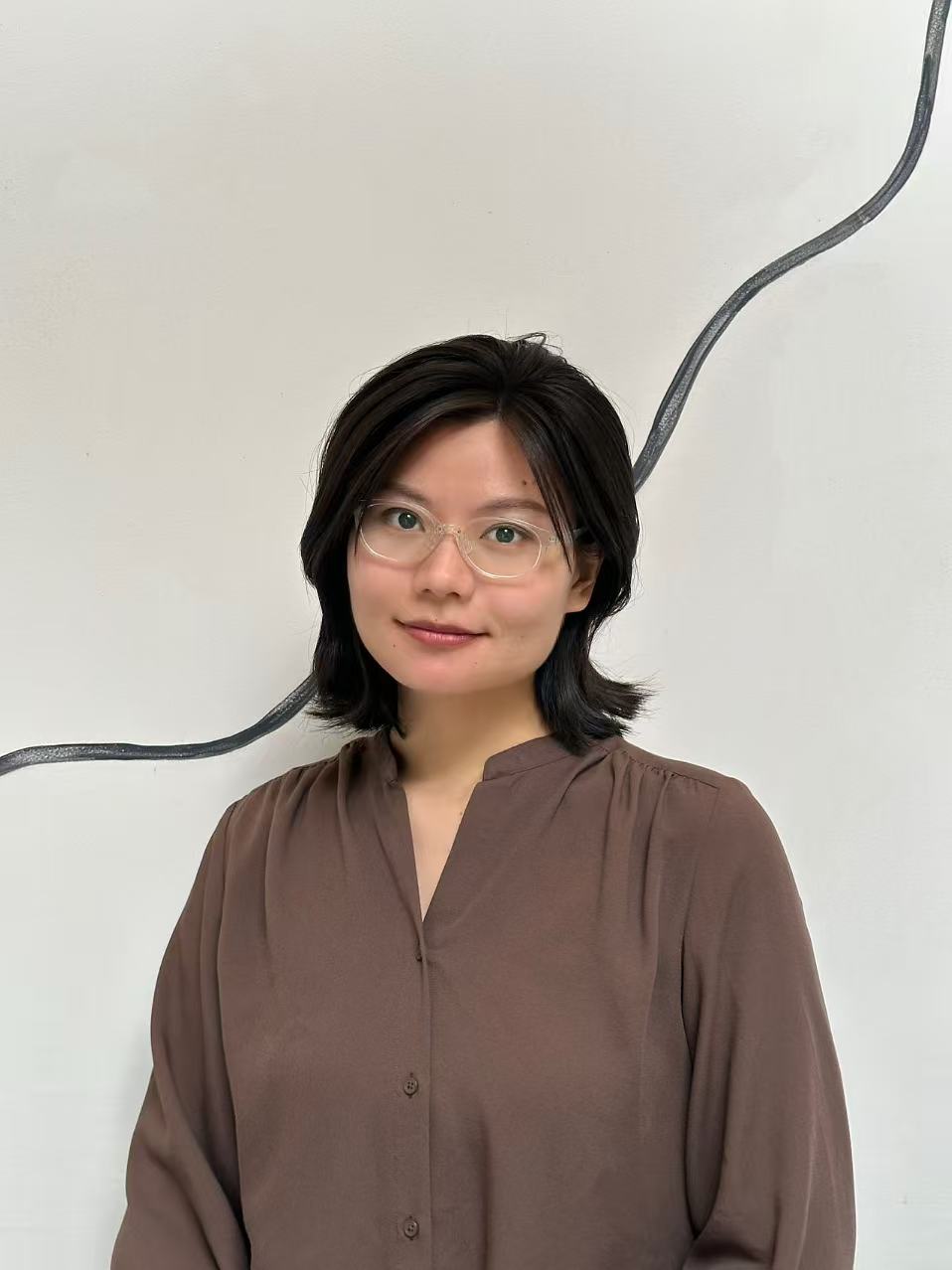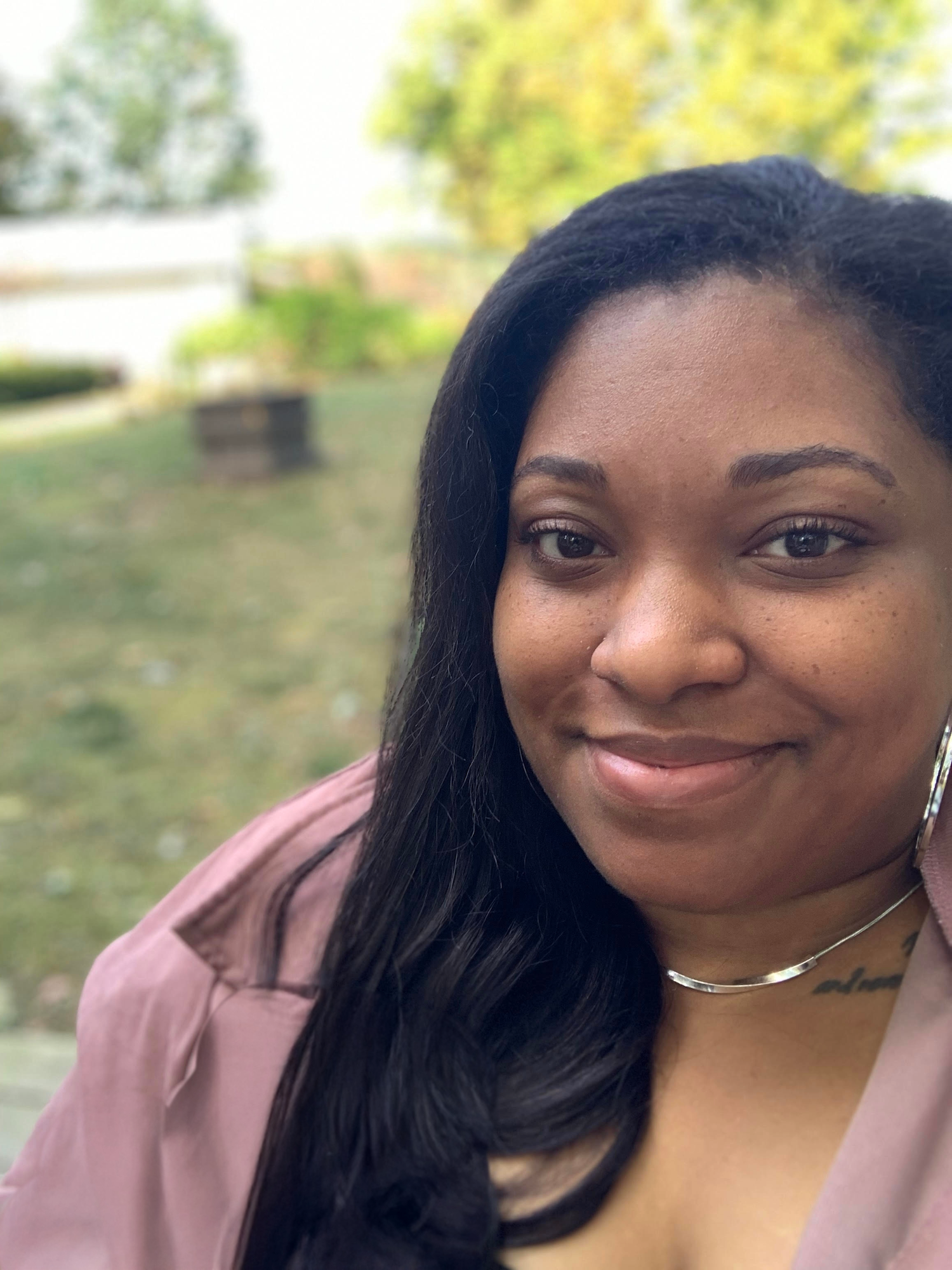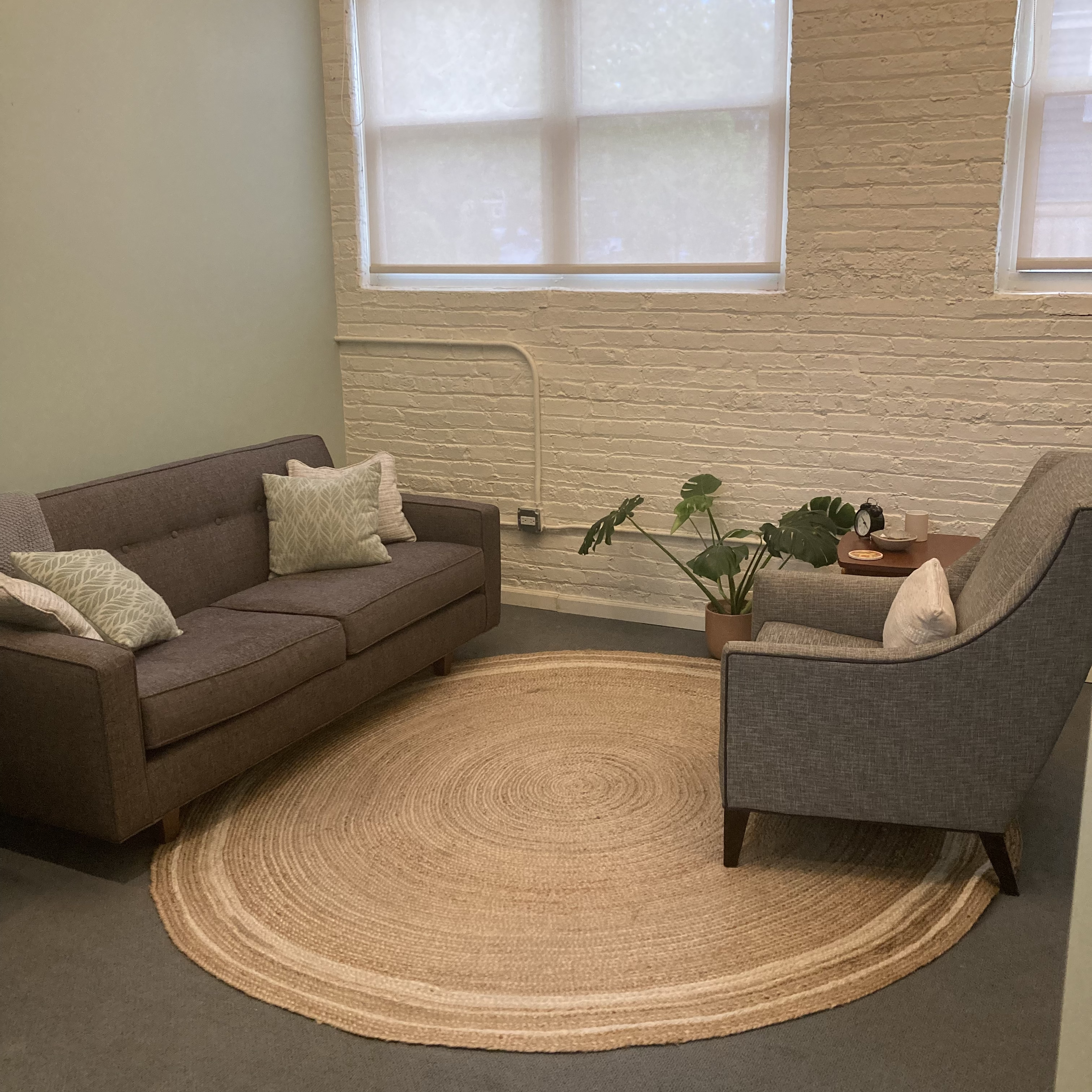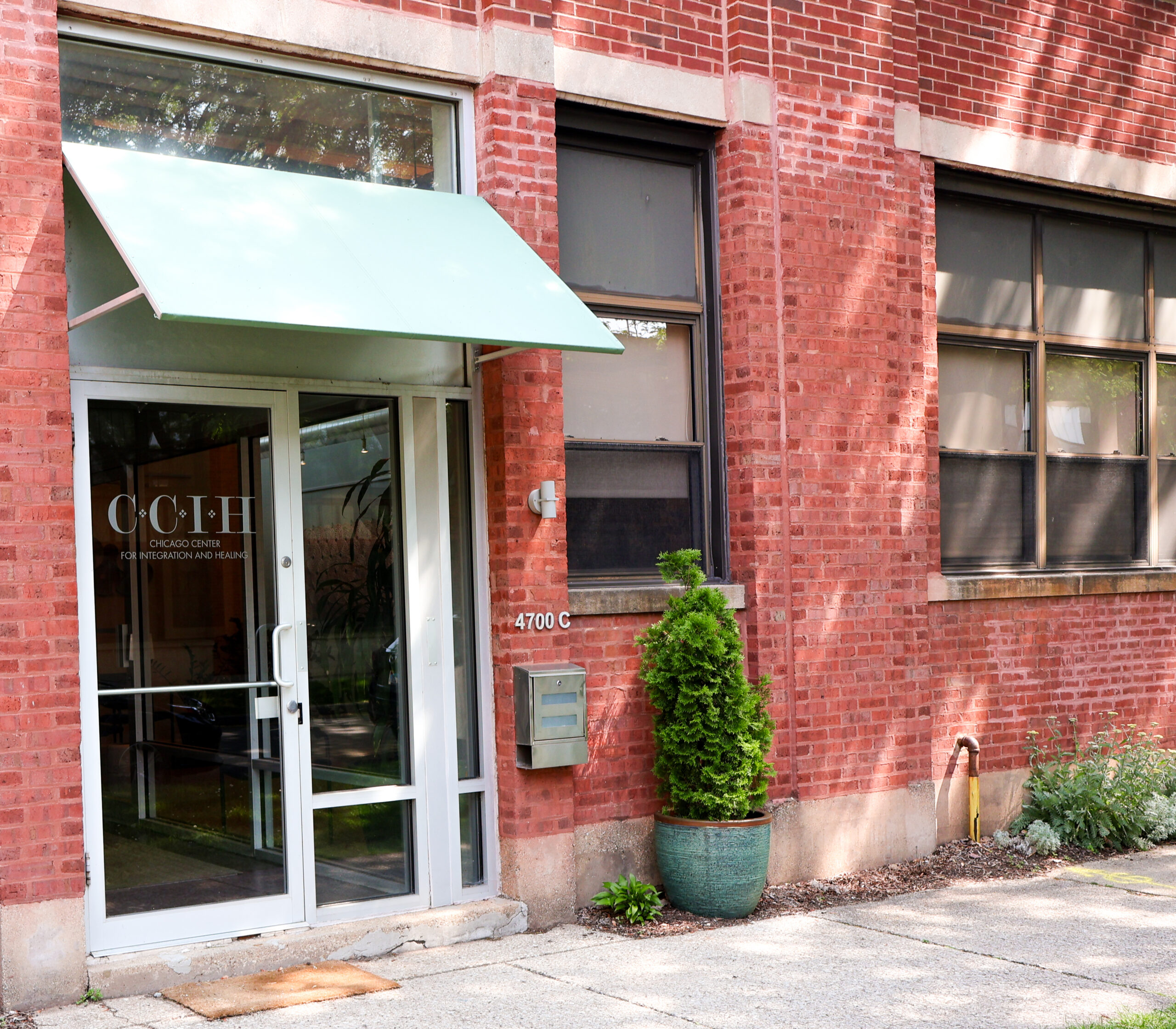As a new clinician interested in working with survivors of complex trauma and dissociation, insight from experienced practitioners is invaluable to me. Recently, I connected with Amy Zajakowki Uhll, LCPC, a psychodynamically trained therapist with over 25 years of experience, to learn more about her work in the field, current treatment approaches, and her thoughts on self-care.
From this conversation, I gained valuable information about what it means to be a trauma-informed therapist. Core components include keeping up to date on current research, providing an integrated approach to treatment, and monitoring client regulation in session. Signs of dysregulation can include going flat/numb, feeling disconnected from one’s physical body, and not appearing engaged in session. Amy remarked on the importance of being attuned to our client’s reactions and of helping them cultivate that same awareness. She observed that this is an important component that is missing in many trauma-focused approaches. Though EMDR and TF-CBT are generally accepted as “trauma-informed” treatments, they are highly structured, which can impede the therapist’s ability to assess regulation, adjust pacing, and address client needs in real time.
Amy also described how our approaches to treating trauma have become siloed. Currently, there is not enough cross-talk between various disciplines (e.g cognitive/behavioral, EMDR, expressive therapy, somatic approaches). Amy’s practice focuses on an integrative model that incorporates not only cognitive restructuring, but also somatic and sensory processing. Though she acknowledges the value of the aforementioned techniques individually, Amy recognizes the need for a more integrated approach to complex trauma.
I particularly enjoyed our conversation about self-care. Learning to navigate fatigue and burnout are ongoing concerns for many clinicians. I often find that conversation about “self-care” tends to be reduced to “enjoyable activities.” These are of course valuable, but I liked that Amy also uses an ongoing, self-evaluative process. From this conversation, I’ve gathered that it’s important to apply the same practice on ourselves as we would our clients. These can include completing regular self check-ins, practicing meditation and breathing exercises, and engaging in supervision and therapy. I also liked that Amy practices “letting things in and through.” Common advice I hear is to “learn to have strong boundaries” or “ don’t take things home.” Not only does this advice seem difficult to implement, but it also contradicts the message we give our clients: “What you feel is valid and deserving of my presence now.” I don’t like the idea of separating myself from what I’m feeling. It seems like an unhealthy exercise in rejecting the authentic and vulnerable aspects of self. Instead, Amy suggested taking an alternative approach. I can acknowledge that yes my clients will affect me, and yes I can learn to check-in with myself and establish safe sources of support and encouragement.
Overall, I think my personal, more eclectic approach to therapy aligns closely with Amy’s. This was a wonderful, in-depth conversation that has helped me direct my career goals, particularly in terms of continuing education. I am interested in learning more about sensorimotor approaches to treatment and integrative frameworks for addressing trauma. I look forward to applying what I’ve learned to my work with future clients and in self-development as a clinician.









